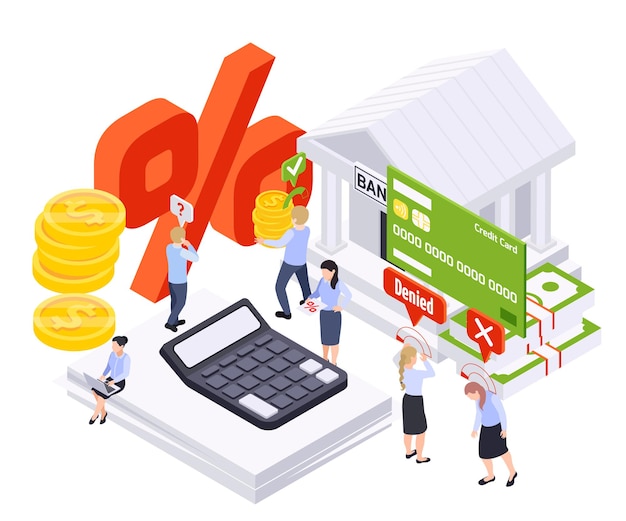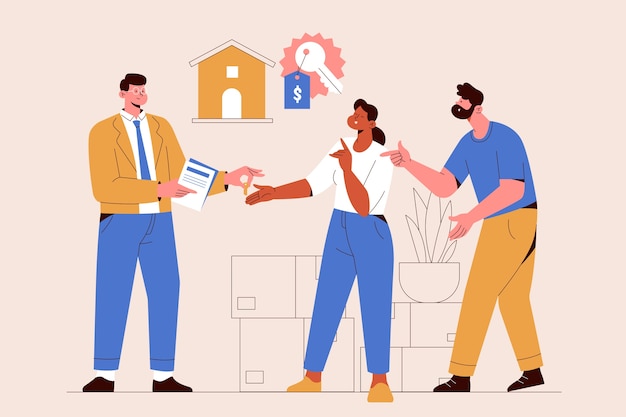
The housing market can seem a little intense at the moment. The shortage of homes for sale in realty markets all over the country is pushing prices upward and causing prospective buyers to compete fiercely, often spending $20,000 to $30,000 above the advertised price. Therefore, it’s prudent to gather a 20% deposit when planning to purchase property.
Although it’s uncertain how long this trend will last, the crucial takeaway is that having cash at your disposal remains an invaluable advantage. While it’s not mandatory to put down a 20% deposit on a house, it does provide a substantial advantage by potentially tipping the scales of a bidding war in your favor, and by keeping your monthly mortgage repayments more manageable. Gathering such a large sum is no small feat, so I’ll share some strategies to boost your savings and fortify your cash reserves.
First step: assessing your goal realistically. What is the going rate for houses in your current location and what are your personal financial capabilities? In 2020, the average house price in the U.S. hit $389,400; thus, a 20% down payment equates to approximately $77,880 – quite a hefty sum. However, it’s crucial to note that there are numerous places in the country where a tidy, average 3-bedroom, 2-bath house can be obtained for around $250,000, demanding a $50,000 down payment.
Also worth considering is that places with high property prices usually offer proportionally higher salaries. For instance, one could earn substantially more working in Seattle than in Indianapolis, while holding the same job. If you’re serious about buying a property, make sure it is financially sustainable, considering other associated costs like upkeep, repairs, insurance, and possible tax hikes. This underlines the advantage of having a larger down payment and deeper cash reserves. Consult online mortgage calculators to understand your potential monthly repayments and adapt your savings strategy accordingly.
Second step: reducing your cost of living as much as possible. For instance, if you’re aiming to accumulate a $50,000 down payment within 3 years or less, this would necessitate saving at least $16,666 annually or $1,388 monthly. One effective tactic when pursuing an ambitious savings goal is slashing your living expenses. The significant part is, you get to decide what to compromise on. Nonetheless, it’s crucial to understand how your choices will impact your overall savings progress.
A practical way to cut your living cost is by minimizing your three biggest expenditures. For instance, you could rent a modest, low-maintenance home with fewer additional charges. Another option is setting a strict grocery budget and cooking most of your meals at home, or driving an older car with no outstanding loans.
Third step: practicing patience. Many people are averse to the idea of patiently saving up for something, as this contradicts society’s encouragement of instant gratification. The thought of saving for a 20% down payment over a course of three years may seem daunting, but the rewards of delayed gratification can indeed be extremely worthwhile.
Lastly, I encourage blending both cost-cutting and income-boosting tactics. To make goal achievement easier and faster, you can also consider temporarily reducing contributions to your other savings goals while you work towards your home down payment.
While borrowing from retirement funds like a 401(k) or an IRA is an option, remember there are potential taxes, early withdrawal fees, and missed growth opportunities to consider.
In conclusion, though a 20% down payment is not obligatory, it indisputably confers several benefits. Not only does it reduce your monthly mortgage payment and eliminate PMI (private mortgage insurance), but it also gives you a knack at the negotiating table when buying your home.


